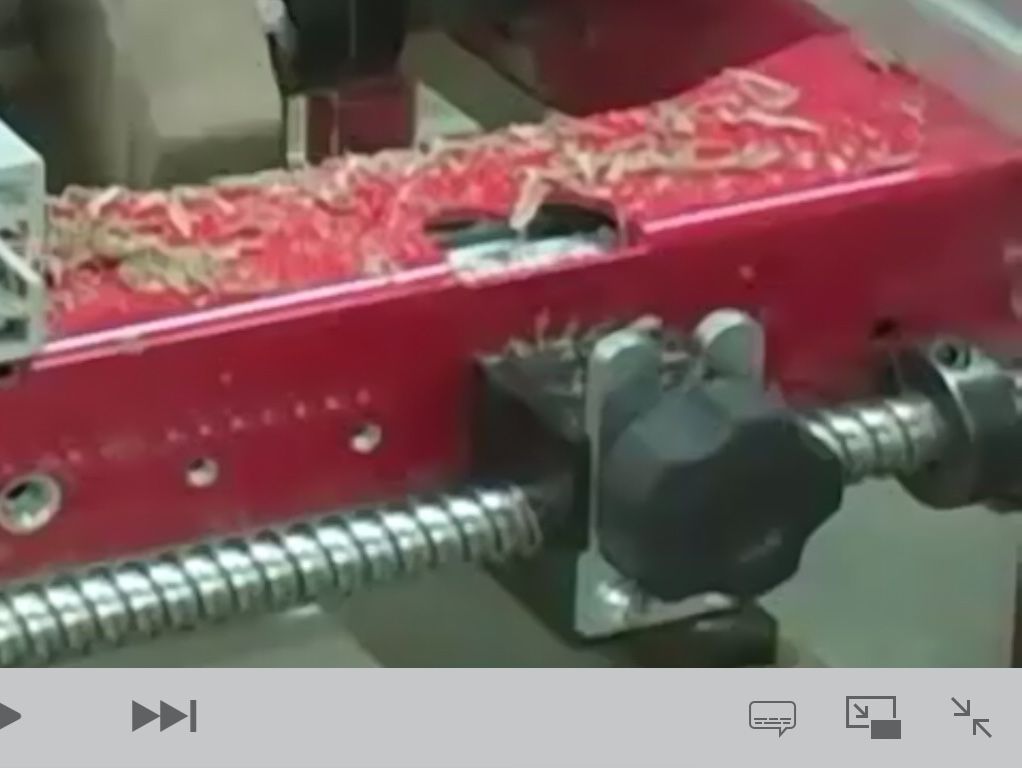I have made quite a few Delrin nuts with a variation of the theme on Home Shop Machinist, published by Evan Williams but he pinched the idea from a guy over on Practical Machinist and wouldn't give him credit for it.
My method is slightly different in that the two previous methods you had to split the nut and force it round the screw.
I made mine with the bore of the nut the same as the OD but tight, in other words a pre-stripped nut. Cut the middle man out. 
I think this sketch explains it better.

Basically you thread the 'new' nut over the screw, drop unto a tapered cup and fit a ram piece. This then goes onto a press and the cup and screw is heated with a hot air gun whilst pressure is applied.
This has the advantage of making it one piece and with a bit of experiment on how far you press the cup in you can choose what fit you want. Something the squeeze in the vise method can't do.
AFAIK this method is my own and I have not seen it repeated anywhere else.
Because at one time I had loads of ball screw thread offcuts from cutting long screws down i even made some Delrin nuts to fit these screws. Not as good as ball screws by any means but certainly better than Acme screws.
Again nothing new here Moore International make screws and nuts such as these and call them Ronda screws.
Any Google Child can find them.
[EDIT] There should be no gap between the ram piece and the top of the screw so as the ram piece is pressed down it carries the nut and screw with it so it cannot push the threads.
This is one made by the split method as it needs jacking screws for adjustment.

This is an 8 start thread off one of Mr Rollsie Royces test jigs in the crack detecting department.
Their guys couldn't make a new nut 
Edited By John Stevenson on 19/10/2016 00:18:37
 Michael Gilligan.
Michael Gilligan.






